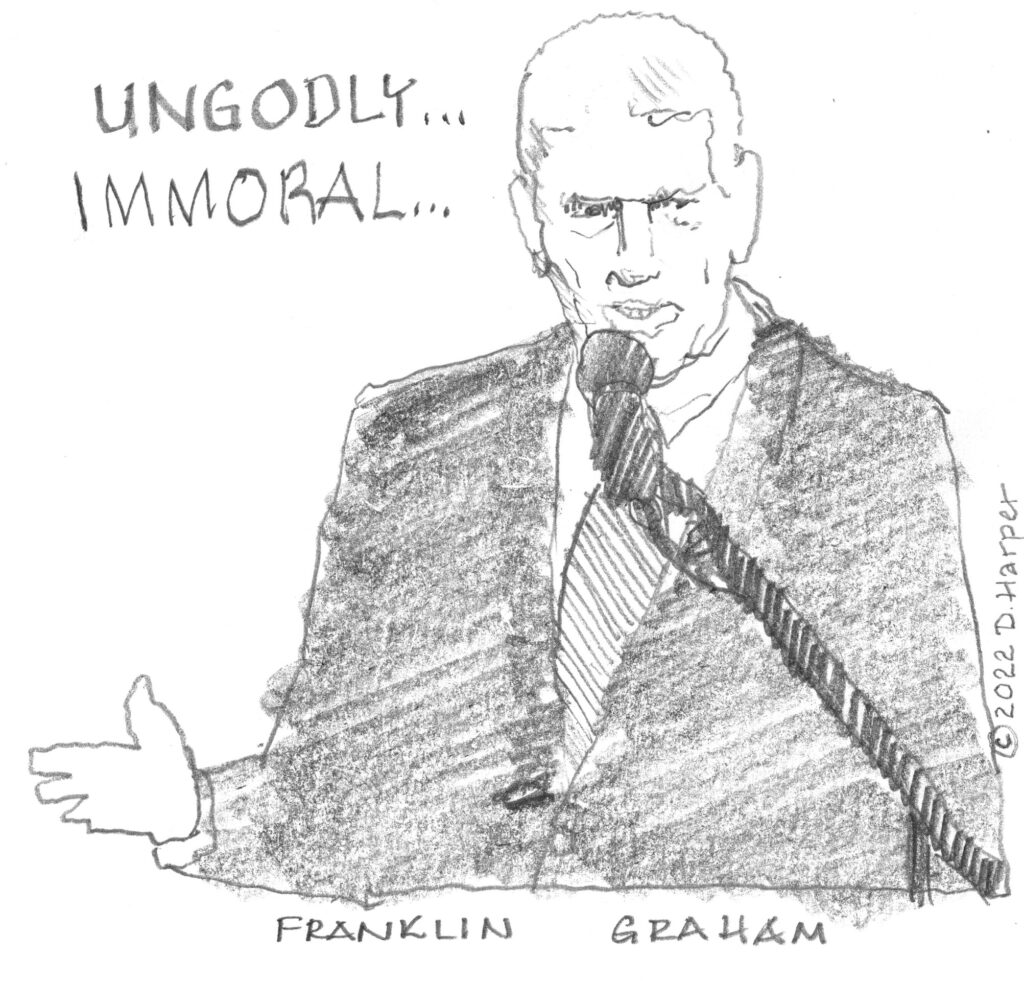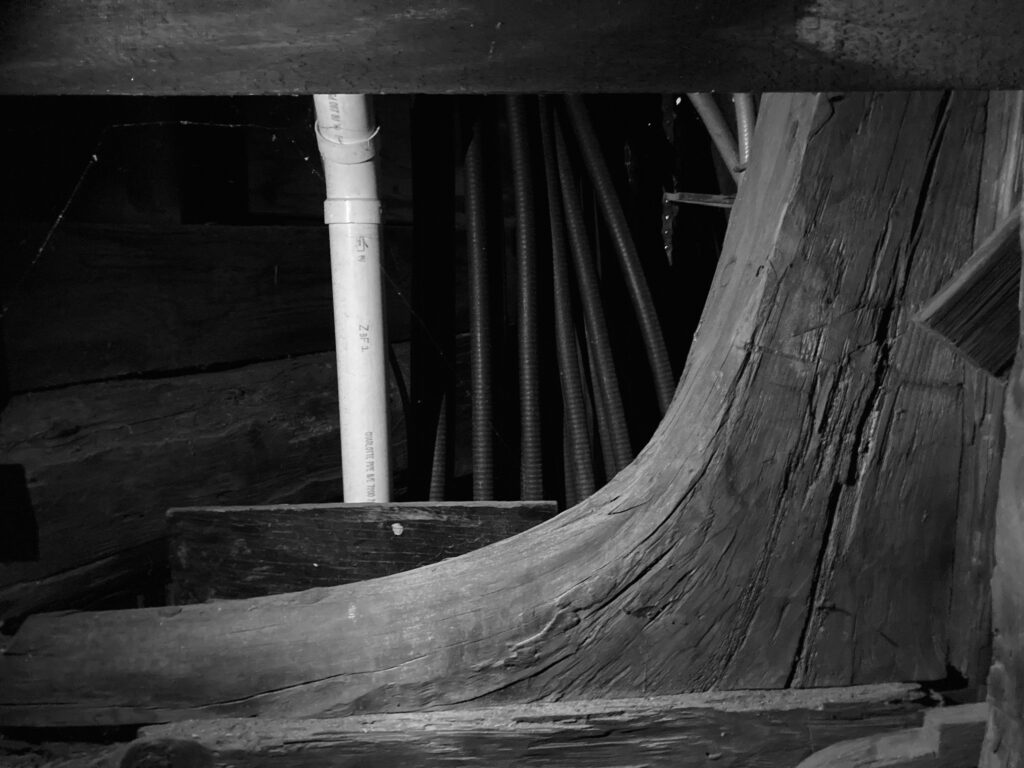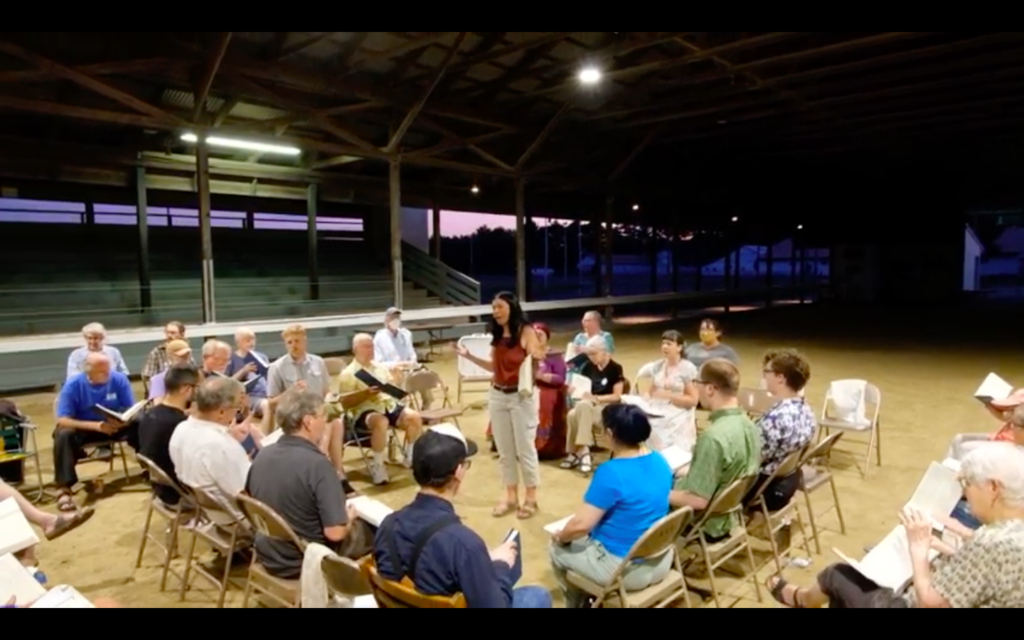At the end of August, “The Ongoing History of Protest Music” website had a blog post titled “A Month of Protest.” The first song they featured was “Black AF,” by Crystal Axis, an Afropunk band from Kenya. (Before you crank up the sound be aware that, like a lot of punk rock, “Black AF” is Not Safe For Work.)
I didn’t even know that leftist punk rock still existed. But Crystal Axis are keeping the tradition alive with some really hard-hitting songs. As I started listening to their music, I was particularly struck by their 2017 song “Leopold,” an anti-colonialist song about King Leopold of Belgium. Leopold led Belgium in the brutal exploitation of the Congo, and Crystal Axis’s lyrics provide a concise summary of the king’s self-justification:
“I’m the king and it’s all mine
Under Force Publique and Christ
Your hands are mine tonight
Fingers up one time!”
Leopold was especially notorious for ordering the amputation of the hands of workers if work quotas were not met. Theologically he, like other Western colonial rulers, used the Christian religion both as a cover and as a justification for his crimes against humanity.
“Take the Throne,” a song they released last year, also has some leftist theological comment. First, the lyrics call out the injustice caused by gross economic inequality, where the rich are literally starving the rest of the world:
“You eat, we watch; a revolution’s born
We’ll tear down the walls and then we’ll take the throne”
Now comes their theological commentary:
“The voice of the people is the voice of God
Too many lies, deities we can’t applaud”
This is a theology in direct opposition to King Leopold’s theology. Leopold claimed his God gave him the power to do what he liked to those who had less power, less wealth, those who were not white. By contrast, Crystal Axis are saying that God is in the voice of ordinary people — which is pretty much what Jesus said when he pointed out how difficult it would be for rich people to get into heaven. This is also a theology that’s consistent with an African ethics that privileges the social over the individualistic.
As someone who loves punk rock, I really enjoyed hearing leftist theology in the context of topnotch music. For more, visit their website or their Facebook page.




